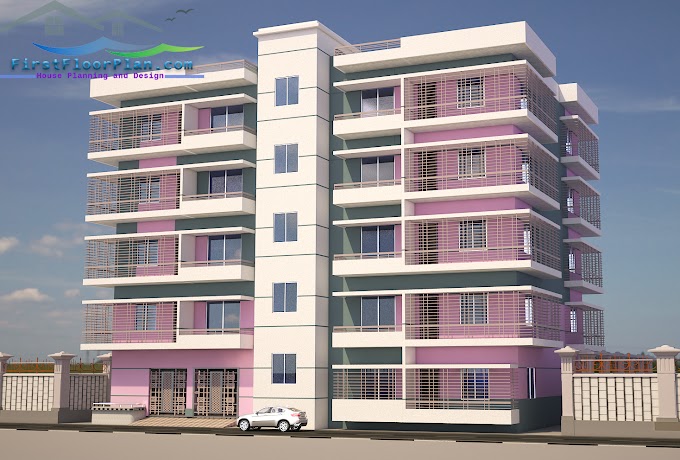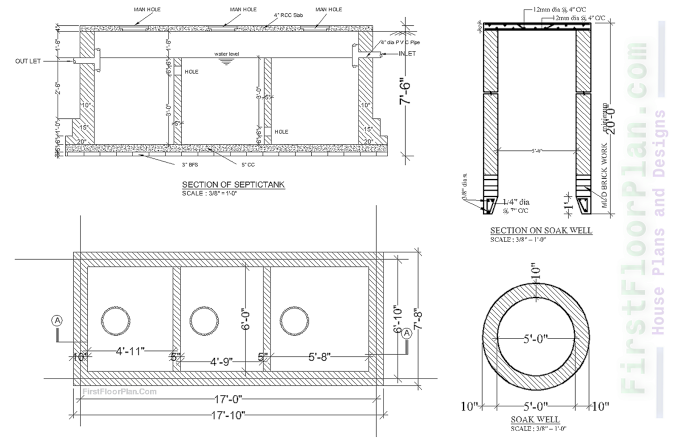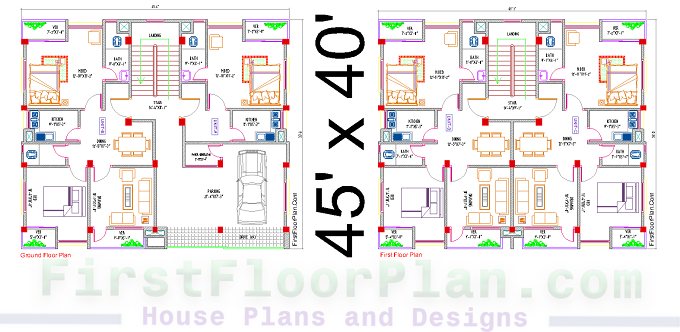Designing a large warehouse floor is a task that requires
meticulous planning, understanding of material properties, and consideration of
the intended use of the space. The floor of a warehouse is critical for its
functionality, affecting everything from storage capacity to the efficiency of
operations. It needs to meet various
specifications and requirements for industrial concrete floors. Here are
essential aspects and strategies to consider when designing a large warehouse
floor.
Understanding Load Requirements
The first step in designing a warehouse floor is to
understand the load it will bear. This includes static loads from stored goods
and dynamic loads from equipment like forklifts. Floors must be designed to
withstand these loads without significant wear or damage.
Floor Material Selection
Concrete is a popular choice for warehouse floors due to its
durability and strength. The concrete mix should be chosen based on the load
requirements and expected traffic. High-performance concrete mixes can provide
additional strength and longevity.
Floor Thickness and Reinforcement
The thickness of the floor is directly related to the load
it must bear. Reinforcement, typically with steel rebar or wire mesh, is
crucial to prevent cracking and extend the floor's life. In areas of high
traffic or heavy load, thicker slabs and additional reinforcement may be
necessary.
Flatness and Levelness
A flat and level floor is crucial in a warehouse to ensure
safe and efficient operation of equipment like forklifts. Floor flatness (FF)
and floor levelness (FL) should be specified and achieved to meet the
operational requirements of the warehouse. To meet such strict conditions, you
need to use laser
screed flooring technology.
Joint Planning and Control
Concrete floors will crack, so it's important to plan for
this by designing control joints. These joints help to control where the
concrete cracks and prevent random cracking, which can affect the floor's
integrity and appearance.
Surface Treatment and Finishes
Depending on the use, the floor may require specific
finishes. Options include sealers to protect against spills, hardeners to
increase surface strength, or non-slip finishes for safety. The finish can also
include line markings for areas such as pedestrian walkways or storage zones.
Slope and Drainage
In some warehouses, especially those dealing with liquids,
slope and drainage are important considerations. The floor should be designed
to direct spills or cleaning water towards drains, preventing water pooling and
slip hazards.
Thermal Considerations
In temperature-controlled warehouses, the floor design must
account for thermal expansion and contraction. Insulation may also be necessary
to maintain consistent temperatures.
Sustainability and Environmental Impact: Using sustainable
materials and practices can reduce the environmental impact of warehouse
construction. This can include using recycled materials in the concrete mix or
designing the floor to optimize energy efficiency.
Future Flexibility and Maintenance
Design the floor with future needs in mind. This includes
considering potential changes in use or expansion. Also, plan for easy
maintenance to ensure the floor remains in good condition over time.
In conclusion, designing a large warehouse floor requires a
balance of technical knowledge and practical considerations. The floor must be
strong and durable to withstand loads, flat and level for operational
efficiency, and designed with future flexibility and maintenance in mind. By
carefully considering these aspects, a warehouse floor can be created that
meets the demands of the present while being adaptable for future needs.









%20House%20plan%20with%207%20storey%20Apartmen%20building%20Structural%20desing%20%20DWG%20&%20PDF.jpg)


